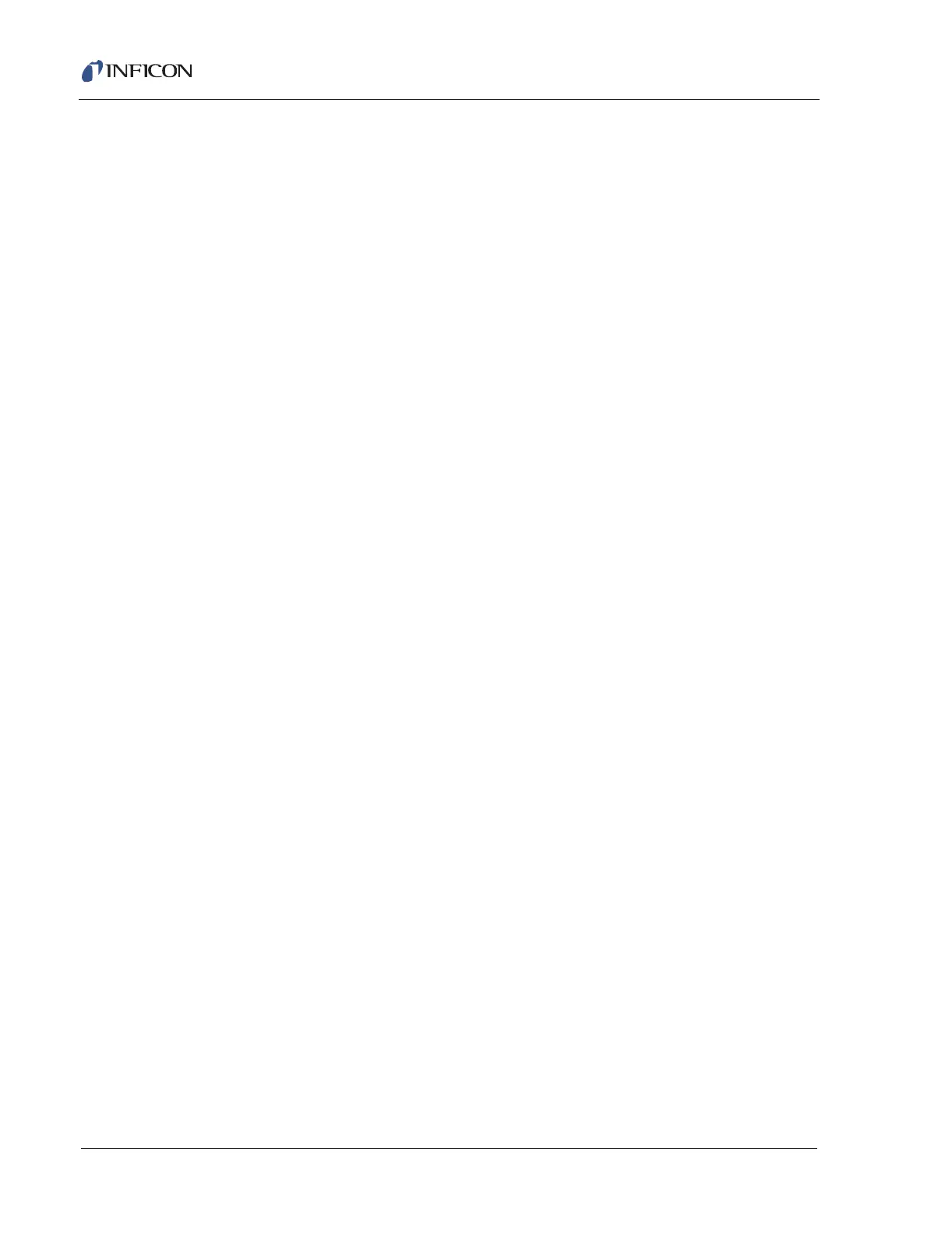C - 2
IPN 074-397-P1G
HAPSITE Smart Operating Manual
Federal Express, UPS, and the passenger airlines are forbidden to accept such
cargo unless it is accompanied with the required "Shipper's Declaration for
Dangerous Goods" in four copies. Both FedEx and UPS have their own version of
this, and will be glad to instruct you in filling it out. The generic version, for use with
airlines, is shown after page C-3, and the following text is provided to guide you in
filling it out.
In filling out the form, it is important to be precise. In the "Transport Details" box,
firmly cross out the term "Cargo Aircraft Only". To the right of that cross out the term
"Radioactive".
The "Proper Shipping Name" and "UN or ID NO." are either:
Nitrogen, Compressed, UN 1066, or
Compressed Gases, n. o. s., UN 1956 respectively
(Bromo-pentafluorobenzene, Nitrogen)
The "Class or Division" is 2.2. "Packing Group" and "Subsidiary Risk" are left blank.
"Quantity and Type of Packing" for a single six-pack would read:
6 DOT 2M Canisters in Fiberboard Box X 0.04 Kg.
For two six-packs in a single larger box (which must carry the green diamond and
other placarding) this would read 12 DOT 2M Canisters in 2 Fiberboard Boxes X
0.08 Kg (Overpack Used). The Kg number refers to the total mass of the gas, not
the gross weight.
In the "Packing Inst." column write 200. The "Authorization" column is left blank.
The signature section is very important; fill it out completely.
The "Shipper's Declaration for Dangerous Goods" is a "Style F83R" from Label
master in Chicago; their phone number is 800 621-5808. They are carbon-less
four-part forms and may be available from local stationary suppliers or other
sources as well. The form, and all its copies, must have red markings along the
borders; black and white copies will not be accepted.
Although the airline will carry the box of canisters in the same cargo hold as the
goods you check as baggage, they will not accept hazardous materials at the
check-in counter. Take the box of canisters with the form filled out to the desk of
your airline at the air freight terminal at your airport. They will be able to accept it
and get it onto the flight.
C.3 Empty Canisters
It is important to remember that it is the pressure of the gas in the canisters which
is considered hazardous. The gases themselves are basically nitrogen, which is a
simple asphyxiant. (The amount of the organic Internal Standards compounds is
50 ppm and 100 ppm). If you leave the site and have a couple of canisters left, you
may decide that they are not worth the trouble and expense to ship back to your
base.
